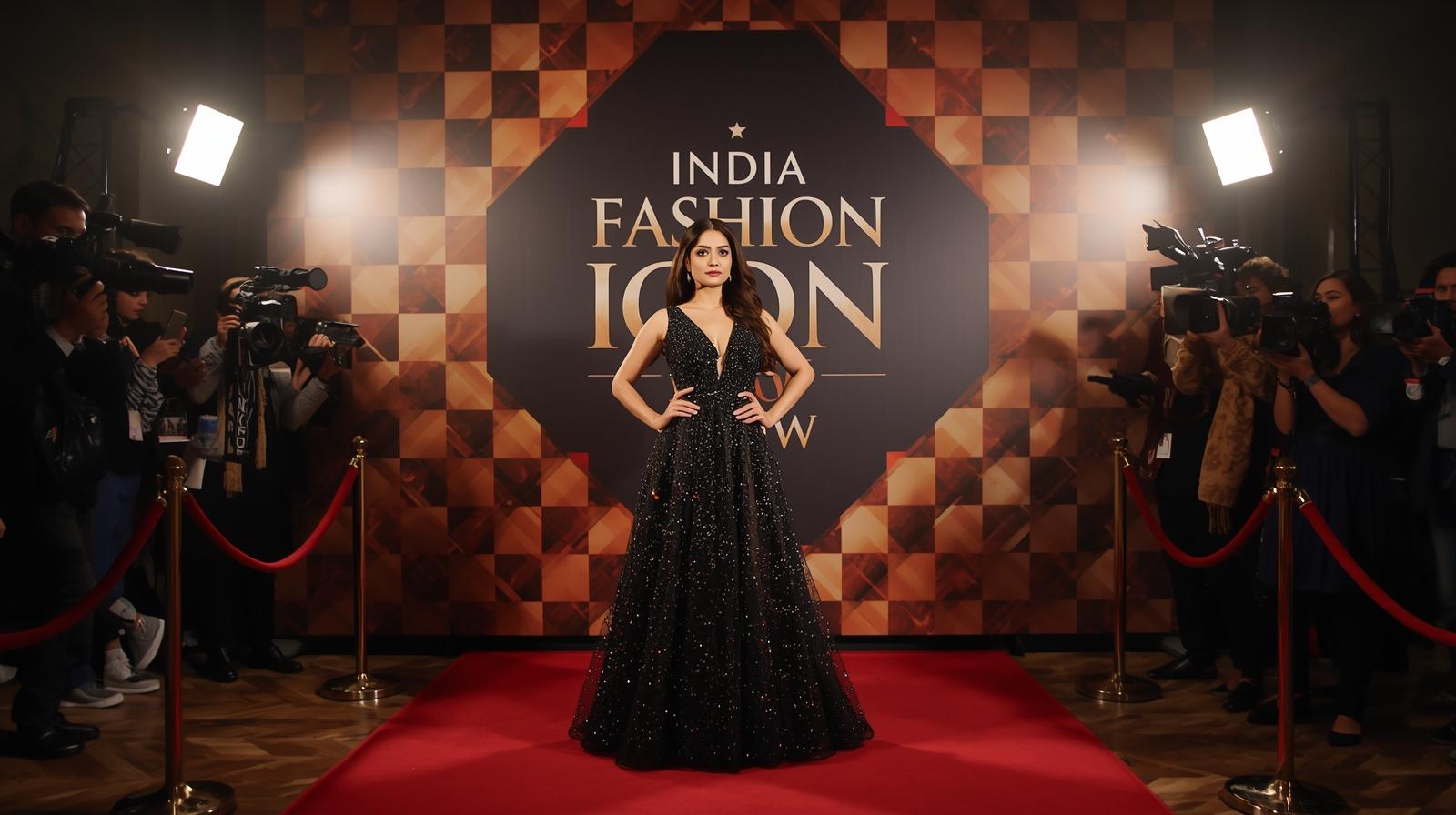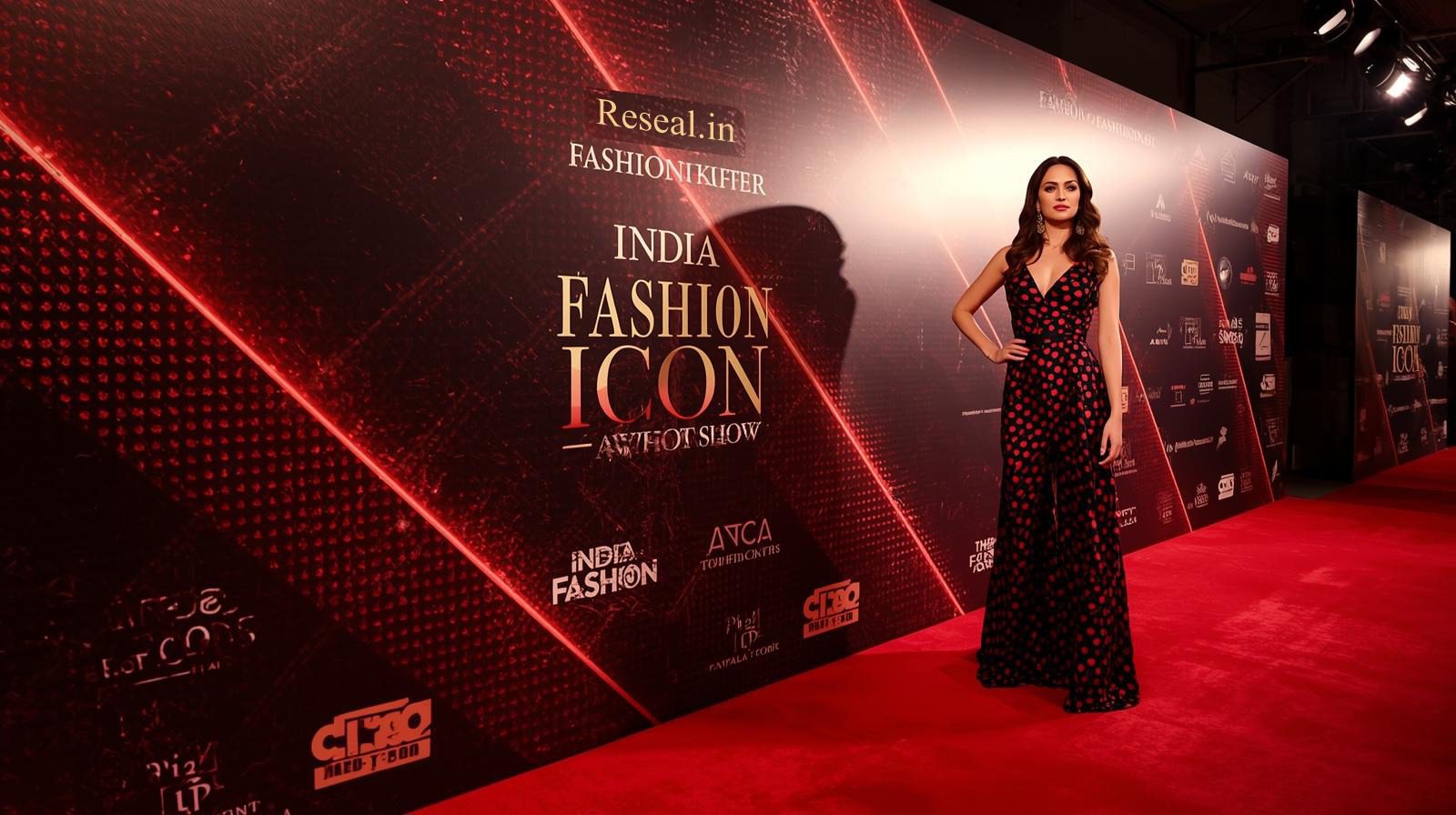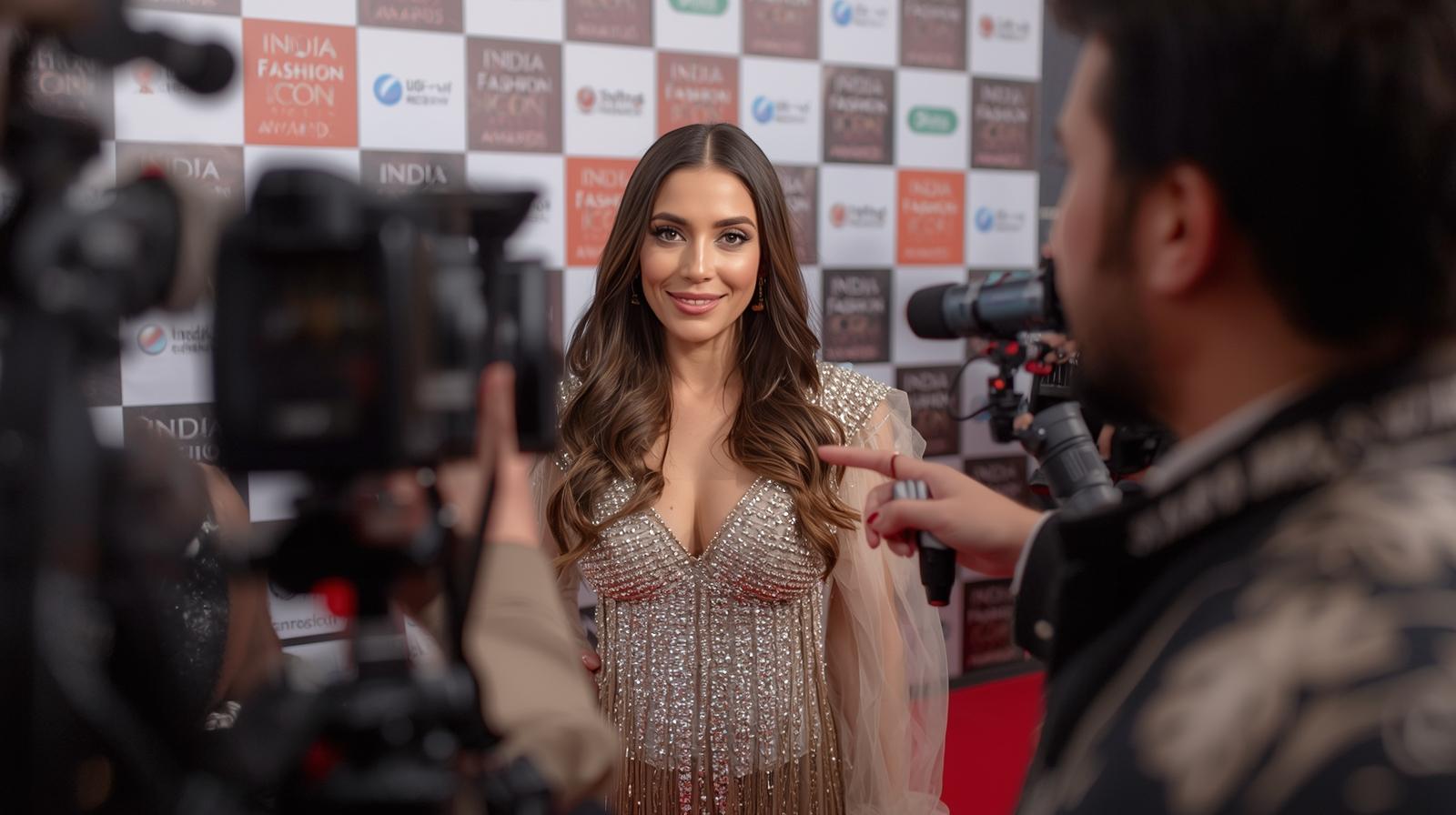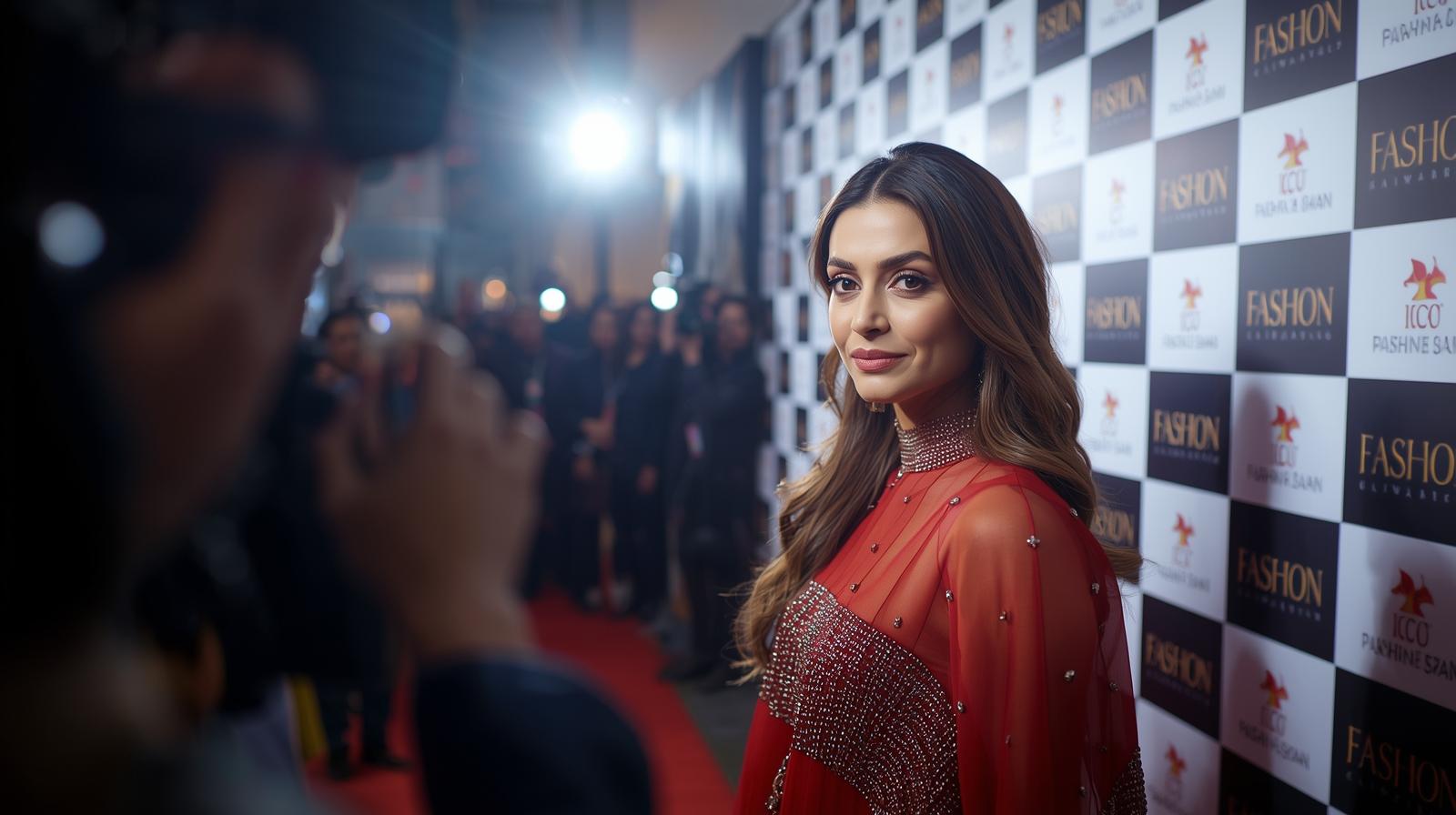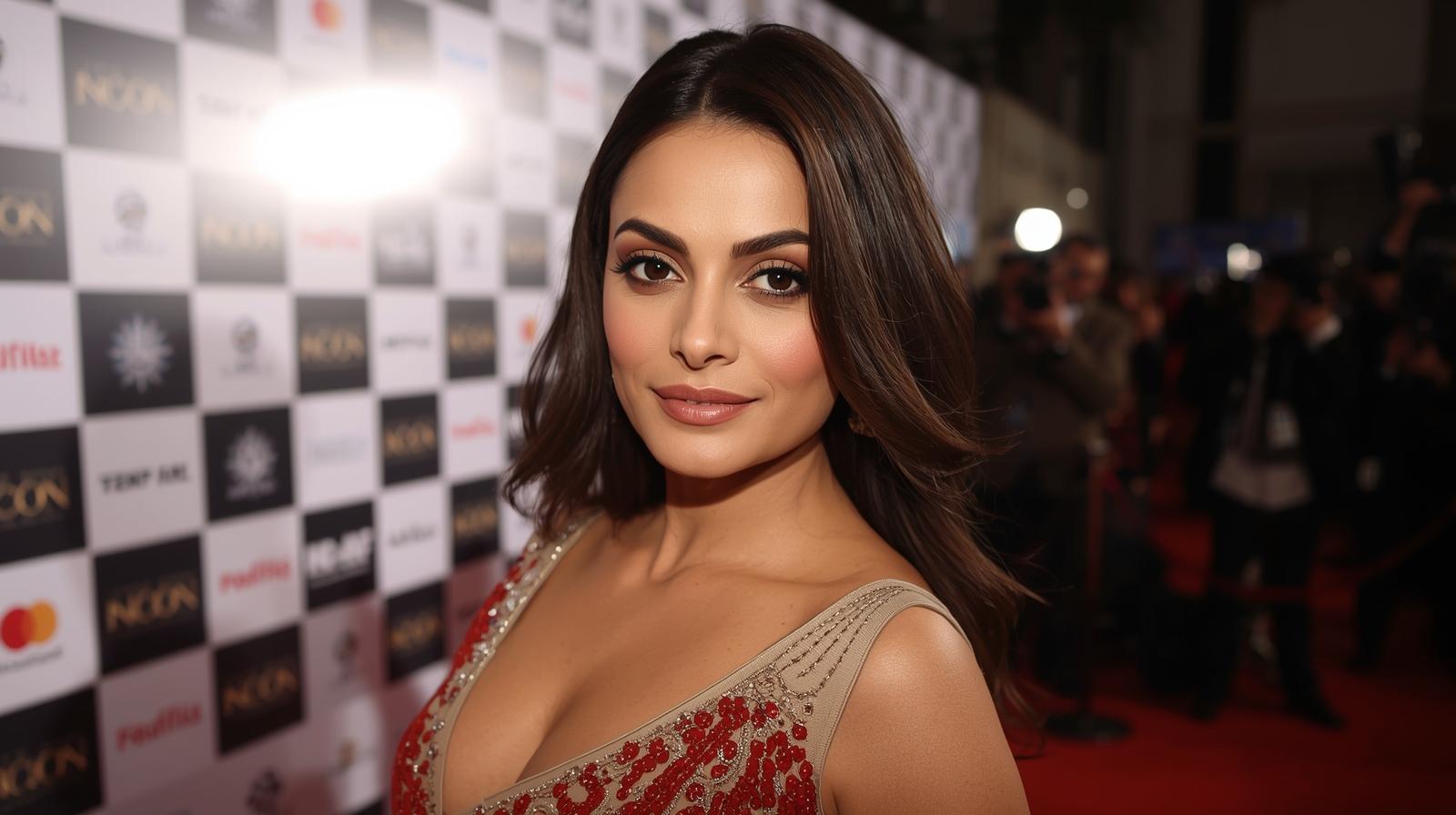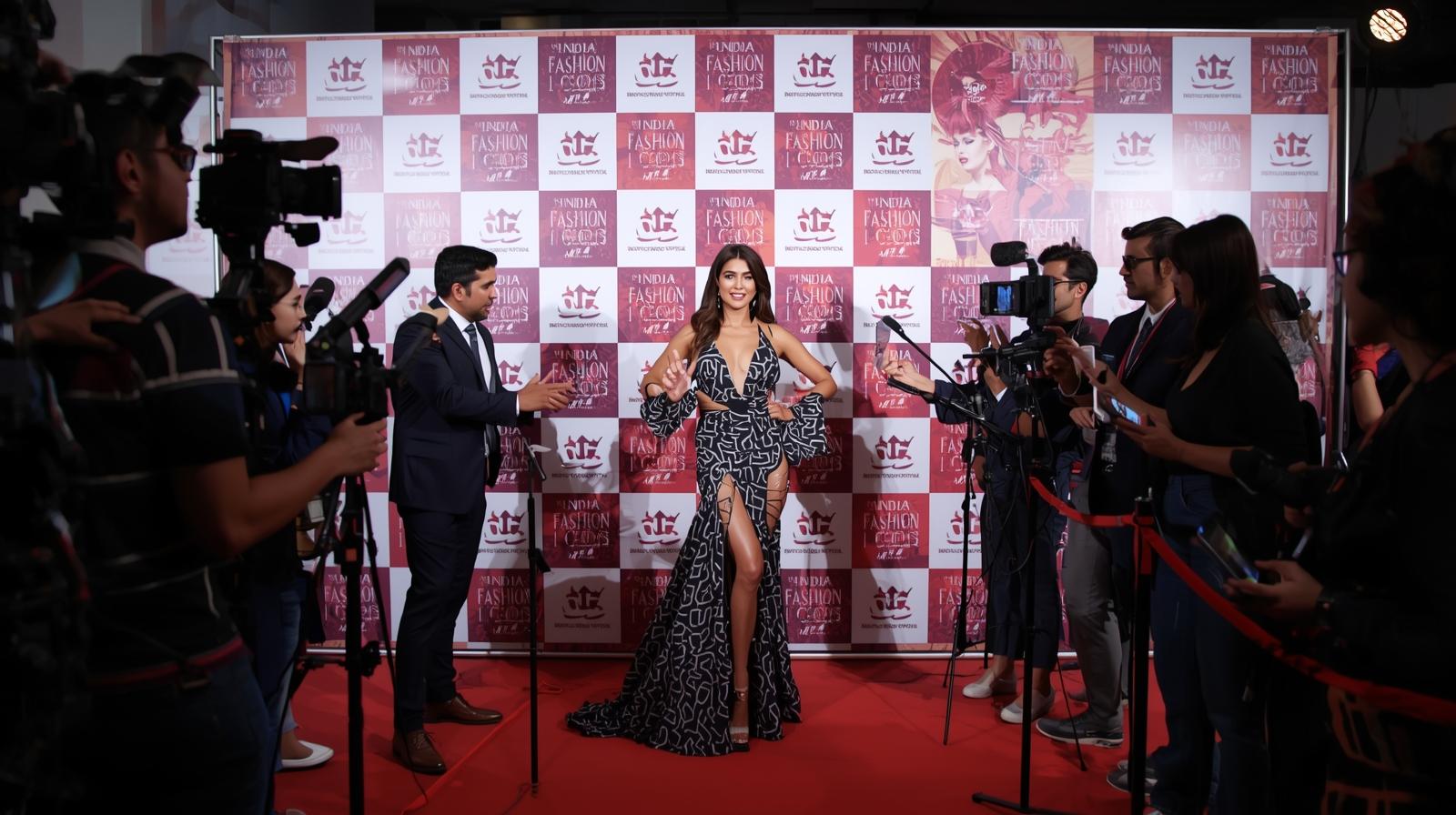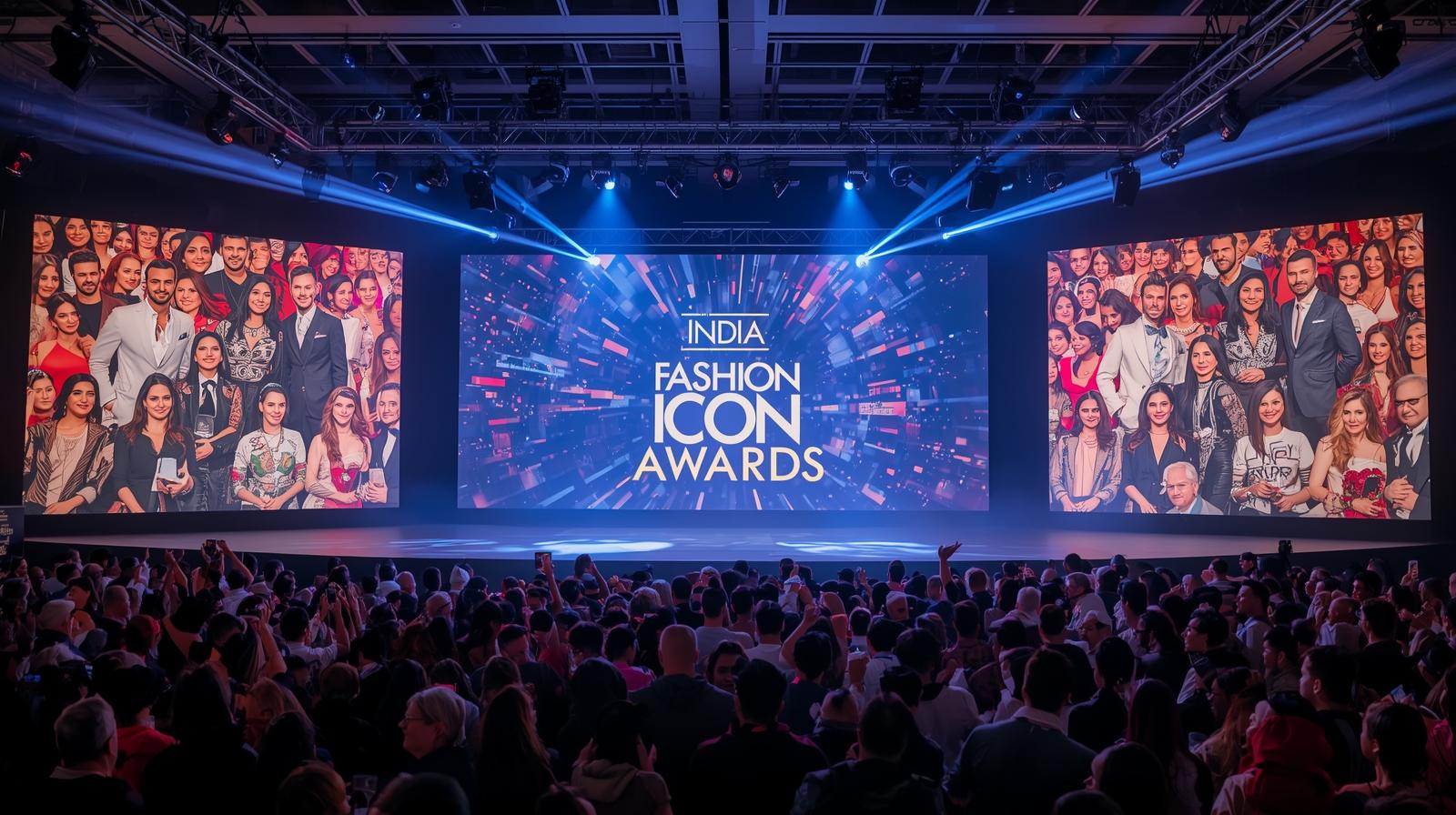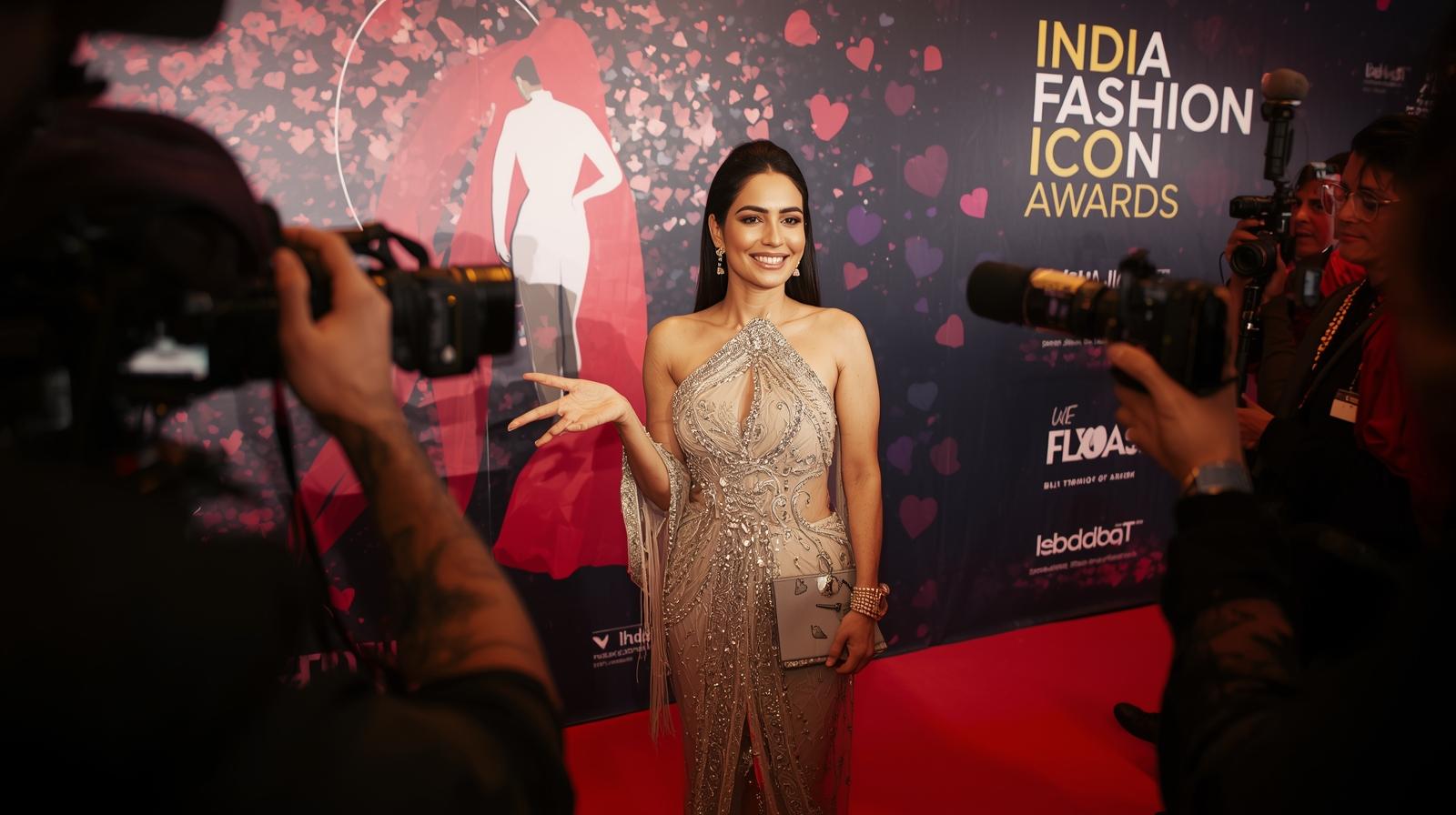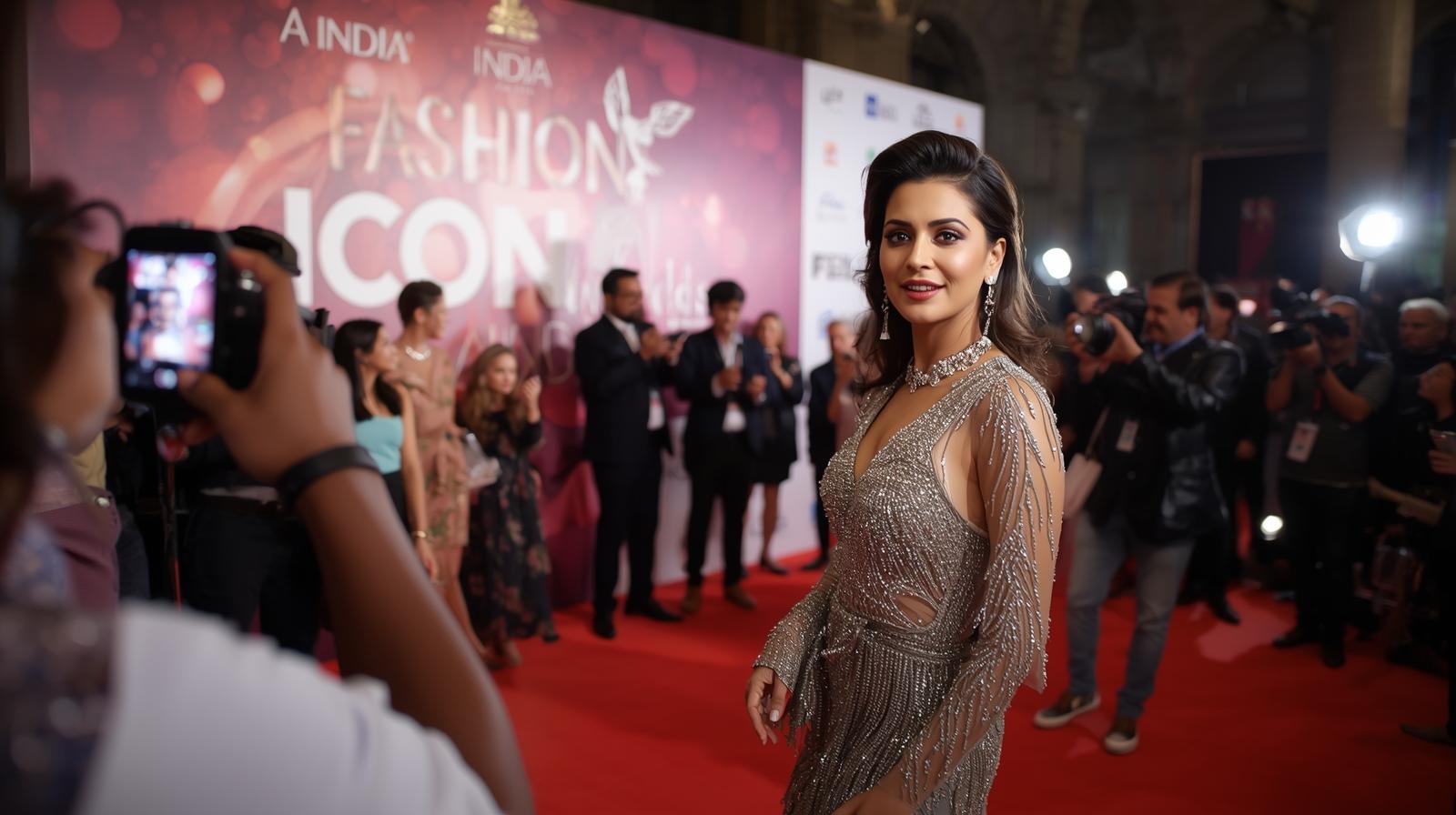As artificial intelligence increasingly infiltrates the fashion world, models are grappling with how to remain relevant amidst a flurry of AI-generated faces. The debut of a hyper-realistic AI model in a Guess advertisement featured in Vogue‘s August issue has crystallized both fascination and unease in the industry.
Los Angeles model Hannah James, 25, embodies this internal struggle. After a decade of modeling, she has partnered with startup Kartel.ai to create her own digital clone—and yet, she remains torn. The digital twin offers lucrative opportunities and flexibility, but it also threatens to render her—and many others—obsolete. “It’s beautiful, but at the same time, it’s scary,” she admitted.
From a logistical standpoint, AI models offer undeniable advantages: they don’t require rest, can appear in multiple campaigns simultaneously, and sidestep the physical demands of on-set work. They offer brands efficiency and cost-savings—but at what human cost?
At the heart of the controversy lies the Vogue–Guess collaboration. The ad in question showcases a blond AI-created model in a light-blue romper. The image was produced by AI marketing agency Seraphinne Vallora, commissioned by Guess co-founder Paul Marciano through Instagram. Though the agency claims that the digital creation process requires real-model photo references and human oversight, the campaign cost was reportedly in the low six figures.
The industry reaction has been mixed. Some hail the innovation; others warn of deepening inequalities, exploitative labor practices, and the erosion of diversity. Sara Ziff of Model Alliance warned that synthetic models could threaten job fairness and career control for human models.
Critics also highlight the return of unreal beauty ideals at odds with recent progress. The use of idealized, AI-generated models risks regressing diversity gains, reinforcing an unattainable standard of beauty. Others point to the blurred ethical lines around rights, compensation, and consent with digital clones—especially given that some models may seek to withdraw their image later.
Meanwhile, broader industry trends reflect the shift. H&M has experimented with digital twins, enabling models like Mathilda Gvarliani to project their likenesses across multiple platforms. This nod to innovation excites marketers but also raises alarms about labor displacement and intellectual property rights.
As the fashion world races forward with generative AI, traditional models find themselves at a crossroads. The rise of digital doubles poses real risks to livelihoods, creative expression, and equity. Industry observers argue for clear ethical and legal frameworks to guide AI’s integration—or risk losing the humanity that makes fashion so captivating.

 info@indiafashionicon.com
info@indiafashionicon.com
